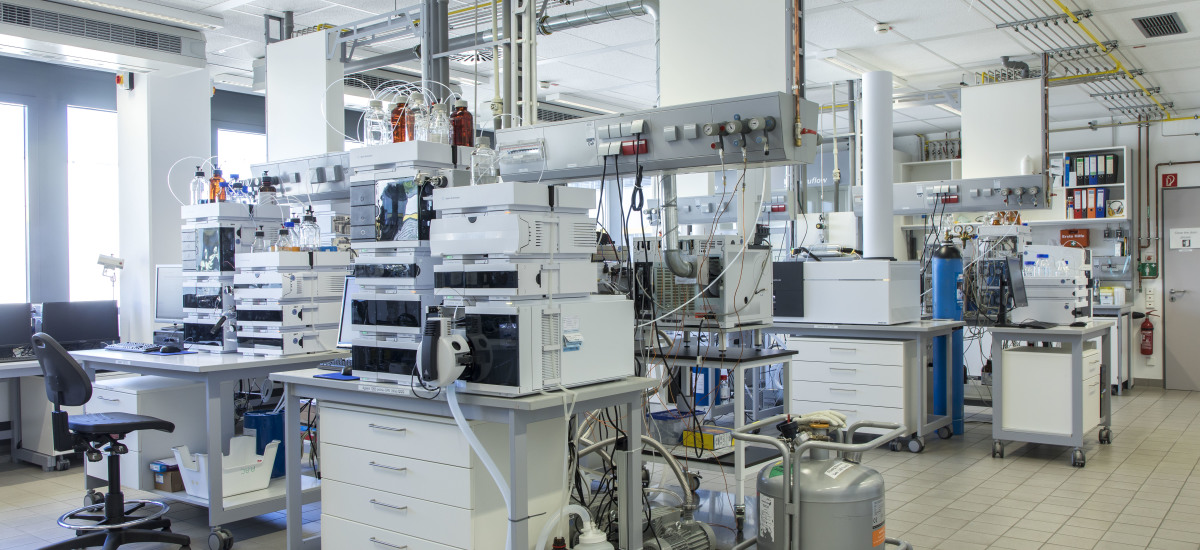
Introduction
Analytical chemistry/Instrumental methods studies and uses instruments and methods used to separate, identify, and quantify matter. In practice, separation, identification or quantification may constitute the entire analysis or be combined with another method. Separation isolates analytes. Qualitative analysis identifies analytes, while quantitative analysis determines the numerical amount or concentration.
Analytical chemistry consists of classical, wet chemical methods and modern, instrumental methods. Classical qualitative methods use separations such as precipitation, extraction, and distillation. Identification may be based on differences in color, odor, melting point, boiling point, radioactivity or reactivity. Classical quantitative analysis uses mass or volume changes to quantify amount. Instrumental methods may be used to separate samples using chromatography, electrophoresis or field flow fractionation. Then qualitative and quantitative analysis can be performed, often with the same instrument and may use light interaction, heat interaction, electric fields or magnetic fields. Often the same instrument can separate, identify and quantify an analyte.
Analytical chemistry is also focused on improvements in experimental design, chemometrics, and the creation of new measurement tools. Analytical chemistry has broad applications to medicine, science and engineering.
Rationale
Objectives
The specific objectives of the course are:
1. to make apprehend the principles of methods and analytical instruments used in analysis of food products.
2. To provide necessary knowledge in application of these principles including analytical instrument operation to analysis of sample in the laboratory situation.
3. To develop necessary skills on proximate analysis of foods.
4. To afford students with an opportunity to identify different types of analytical instruments in their respective laboratories.
5. To enlighten interaction of food by using different analytical techniques
6. To provide essential knowledge on how to design, carry out, record and analyse the results in experiment
7. To develop skills for the assessment of physico-chemical properties.
Outcomes
Students will be able to determine the techniques/procedures for Fat test, protein test, moisture, ash, viscosity, extraction, UV graph etc.
Text Books & References
- Instrumental Methods in Food Analysis, J.R.J. Paré J.M.R. Bélanger, Elsevier.
- Analytical Electrochemistry. Joseph Wang. Weilly.VCh
- Chromatography Booklet. GE Healthcare
- Vogel’s Textbook of Quantitative Chemical Analysis, J Mendham, RC Denny, JD Barnes, MJK Thomas
- Teacher: Md. Reaz Mahamud
